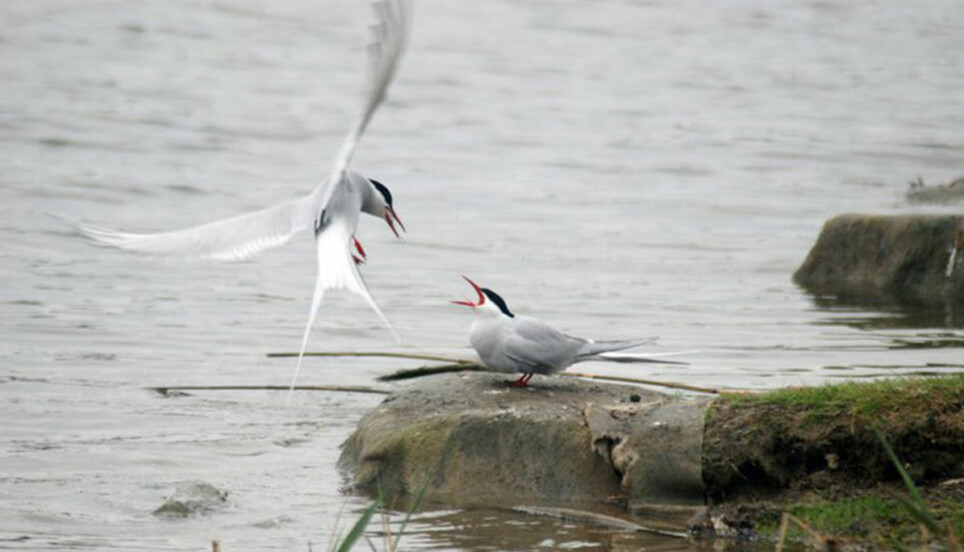THIS ARTICLE/PRESS RELEASE IS PAID FOR AND PRESENTED BY NINA - Norwegian Institute for Nature Research - read more

Well managed protected areas assist waterbirds on the move
In response to a warming climate, many species are shifting their range norhtwards. Protected areas play an important role in helping bird species to adjust - if the sites follow a clear management plan.
Climate warming is pushing species ranges northwards in Europe. Many species are unable to adjust their ranges fast enough and cannot keep up with the velocity at which the climate is warming.
Anthropogenic pressures, such as habitat degradation and over-exploitation, likely hinder species from adjusting their range fast enough. For this reason, protected areas play an important role in helping species to adjust their range change to climate warming.
New research provide new insights into which characteristics of protected areas are helping European wintering waterbirds to shift their range.
Benefit from management plans
Researchers found that waterbird communities adjust faster to climate warming inside protected areas with a management plan compared to sites without a management plan. Followin this - the adjustment of the community of waterbirds to climate change is particularly strong if the protected area has a management plan specifically targeting waterbirds compared to other protected areas.
Many waterbird species are responding fast to climate warming by shifting their distributions northwards.
“In this context, one may think that the network of protected areas must facilitate such an adjustment to the new climatic conditions. Indeed, it seems that range shifts have been to date twice as fast inside protected areas with a clear management plan targeting waterbirds than elsewhere. Our results provide a clear message that protected areas by themselves do not necessarily provide the desired conservation outcomes and that targeted management plans must be implemented to maximize their effectiveness,” says Dr. Diego Pavón-Jordán, researcher at NINA, who is one of the main researchers in this study.
Waterbird species richness increased
Thanks to the protection, the adjustment of the waterbird community to climate warming mainly resulted in colonization by new southern species and rarely by the extinction of species vulnerable to climate warming. Overall, waterbird species richness increased inside the Natura 2000 protected area network, and even more inside protected areas with a management plan.
In addition to conservation efforts, the surface of protected wetlands was an important parameter helping waterbird communities to adjust to climate warming. Shifts in species communities were faster in protected areas in the Natura 2000 network which had large wetland habitats.
“Our findings highlight that the protection of key habitats for waterbirds – wetlands – is crucial to mitigate the negative impacts of climate warming on their populations. Well-managed protection of especially larger wetlands assures that a thriving assemblage of wetland birds, and of course the various ecosystem services these birds can provide, will persist in the future,” says Professor Jon Brommer from University of Turku, who directed the study.
See more content from NINA:
-
How will climate change affect lakes worldwide?
-
White-tailed sea eagles are breeding in Ireland again after more than a century
-
Could a tunnel help wild reindeer in Norway?
-
Norwegian white-tailed sea eagles are helping to rebuild a lost population in Ireland
-
1 in 4 freshwater species are at risk of extinction: "It's not too late to take action"
-
Insects prefer cold winters with lots of snow





































